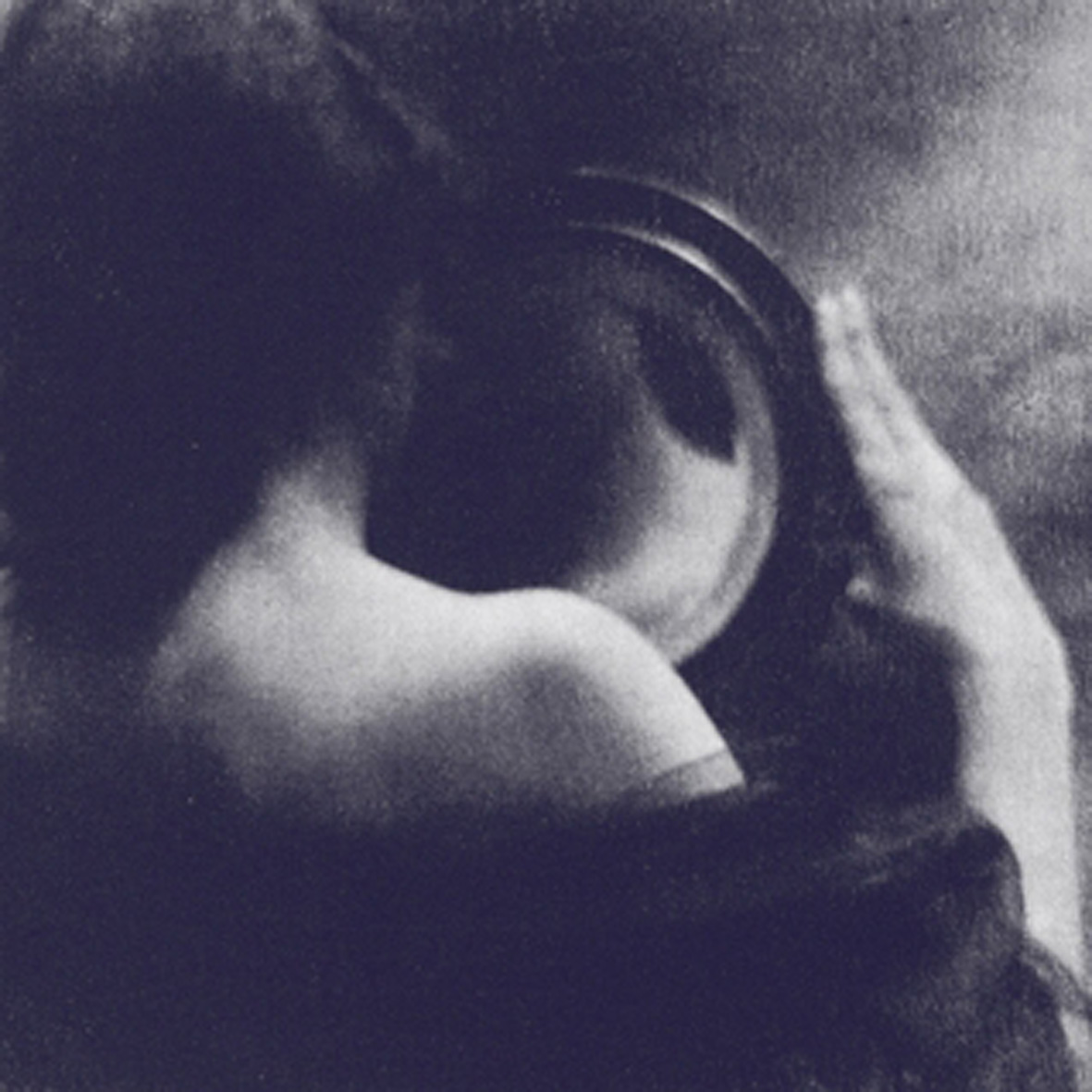
I hate to use the phrase "return to form" to describe this album, as I have enjoyed most of Lawrence English's divergent recent efforts quite a bit, but Wilderness of Mirrors reminds me favorably of the darker, heavier albums that brought him to my attention in the first place (such as Kiri No Oto and It's Up To Us To Live).  Characteristically, English also offers an intriguing concept on Wilderness, but the primary appeal is simply that it is wonderful to finally get another substantial offering of what he does best.  That said, this effort does offer a few surprises, as Lawrence has picked up a few neat tricks from folks like My Bloody Valentine and Swans since he last surfaced in heavy drone mode.



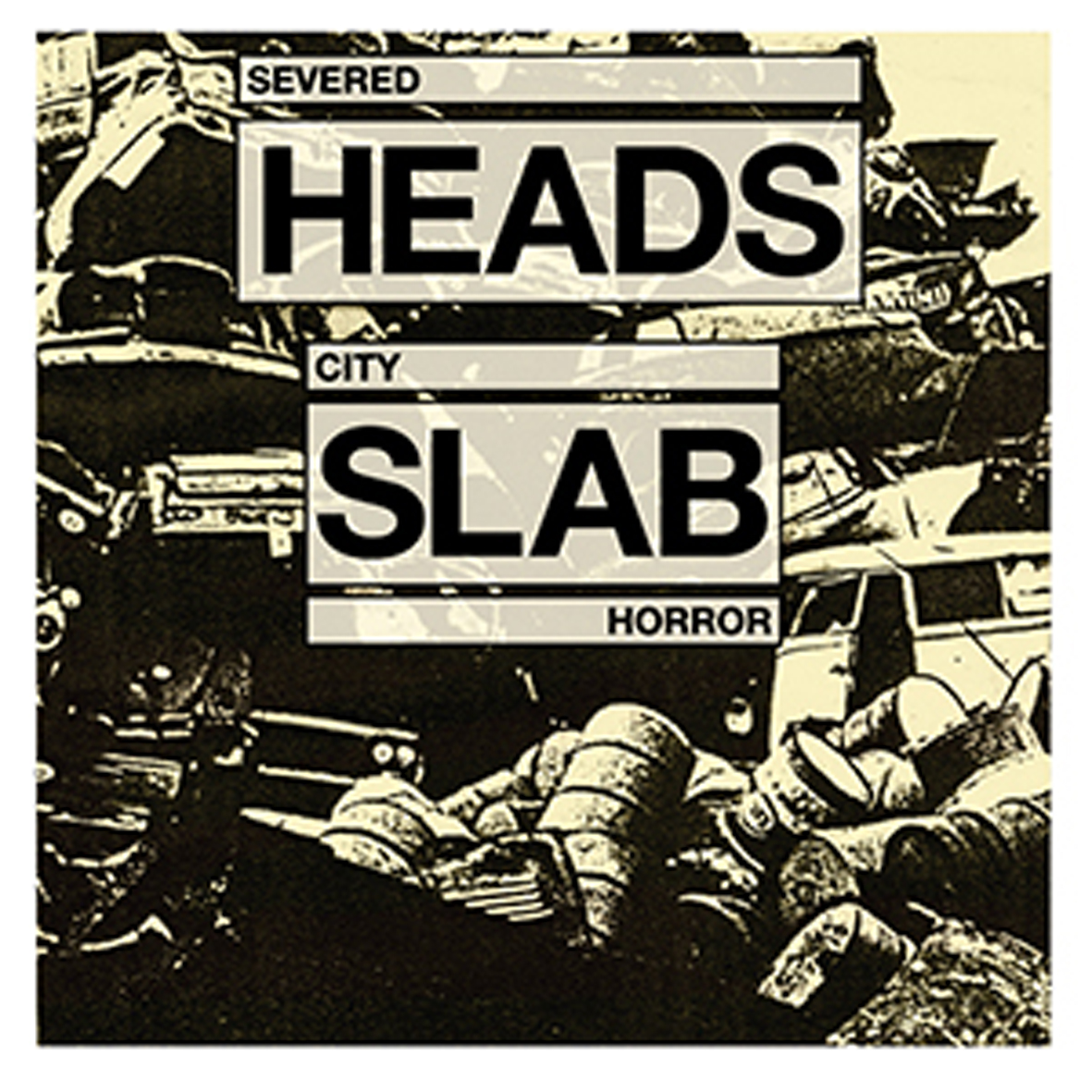 Much to my delight, Medical Records has recently reissued two of the arguable jewels of the Severed Heads' discography: 1983's
Much to my delight, Medical Records has recently reissued two of the arguable jewels of the Severed Heads' discography: 1983's  There may be some throwback elements on Ars Phoenix's most recent album, but for the most part it makes for great contemporary synth pop. Retaining a darker, and occasionally harsh, edge, the eight songs that comprise it work beyond just their mood, but as memorable, well-written songs as well.
There may be some throwback elements on Ars Phoenix's most recent album, but for the most part it makes for great contemporary synth pop. Retaining a darker, and occasionally harsh, edge, the eight songs that comprise it work beyond just their mood, but as memorable, well-written songs as well.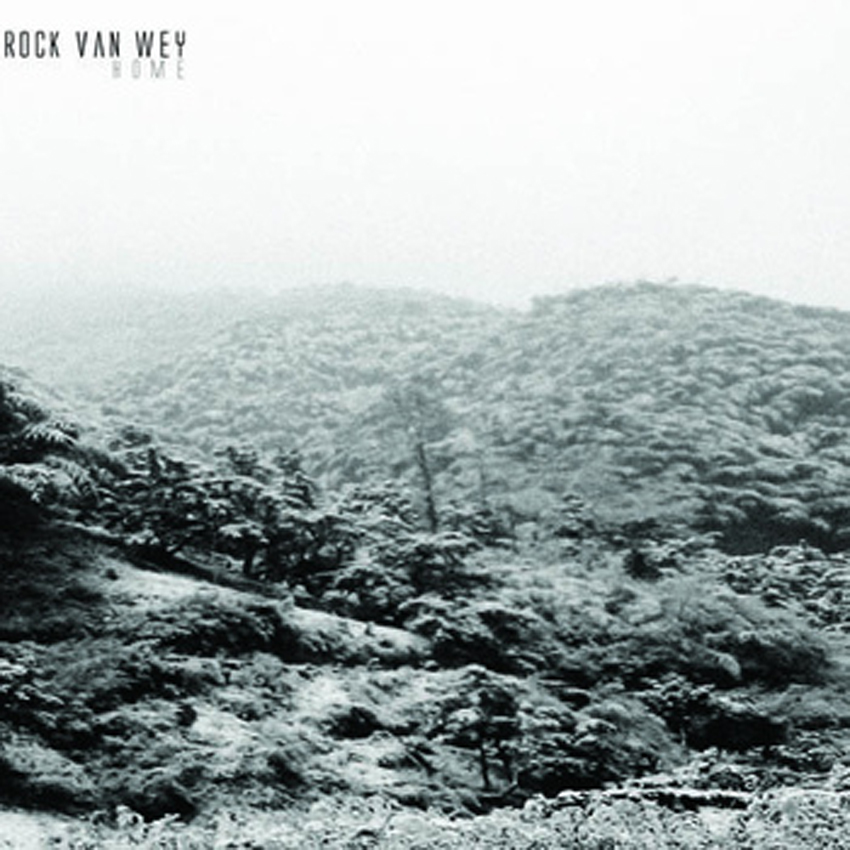 Five years ago, this San Francisco DJ/producer released quite a massive, remarkable, and distinctive ambient epic called White Clouds Drift On and On, his first album under his own name.  Home is its follow-up and I have no idea quite what to make of it.  In some ways, it surpasses its wonderful predecessor in its lush, melancholy grandeur.  In other ways, however, its extreme length (almost 3 hours) coupled with its narrow, unwavering aesthetic serve to exaggerate its charms to the point of caricature or folly.  There are still some wonderful songs here, of course, but too much of a good thing yields rapidly diminishing returns.
Five years ago, this San Francisco DJ/producer released quite a massive, remarkable, and distinctive ambient epic called White Clouds Drift On and On, his first album under his own name.  Home is its follow-up and I have no idea quite what to make of it.  In some ways, it surpasses its wonderful predecessor in its lush, melancholy grandeur.  In other ways, however, its extreme length (almost 3 hours) coupled with its narrow, unwavering aesthetic serve to exaggerate its charms to the point of caricature or folly.  There are still some wonderful songs here, of course, but too much of a good thing yields rapidly diminishing returns.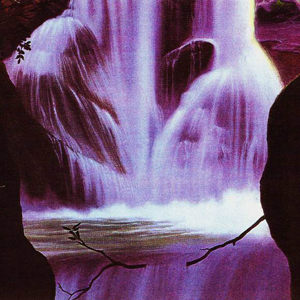 Recorded between California, Texas, and England, Qui Mal y Pense reissues one of Smokey Emery's (Daniel Hipólito) most complex and nuanced works, and the third in his Soundtracks for Invisibility series. Created entirely from hand manipulated open reel tapes, it is a lush, dramatic series of compositions that would work very well as a true soundtrack, but are just fine as stand alone music.
Recorded between California, Texas, and England, Qui Mal y Pense reissues one of Smokey Emery's (Daniel Hipólito) most complex and nuanced works, and the third in his Soundtracks for Invisibility series. Created entirely from hand manipulated open reel tapes, it is a lush, dramatic series of compositions that would work very well as a true soundtrack, but are just fine as stand alone music. In some ways, Gog’s new LP comes across as a rebirth of the project that keeps the best elements of Michael Bjella's work while pushing boundaries and expectations. The bleak, moody guitar noise is still there, culled from the best bits of metal and drone, but Gog manages to go further and make music that is challenging, but still memorable as songs, rather than just compositions.
In some ways, Gog’s new LP comes across as a rebirth of the project that keeps the best elements of Michael Bjella's work while pushing boundaries and expectations. The bleak, moody guitar noise is still there, culled from the best bits of metal and drone, but Gog manages to go further and make music that is challenging, but still memorable as songs, rather than just compositions.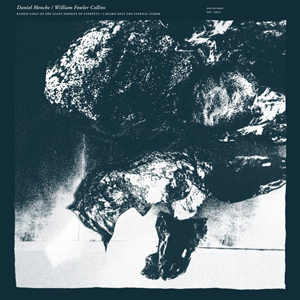 New Mexico's William Fowler Collins might have a smaller discography than others who work in similarly bleak moods and sounds, but the quality of each has been impeccable. These two new releases, one split with legendary noise artist Daniel Menche and the other a collaboration with Raven Chacon (Death Convention Singers), is up to the same standard, and conveys the barren and hostile, yet beautiful desert environment he hails from.
New Mexico's William Fowler Collins might have a smaller discography than others who work in similarly bleak moods and sounds, but the quality of each has been impeccable. These two new releases, one split with legendary noise artist Daniel Menche and the other a collaboration with Raven Chacon (Death Convention Singers), is up to the same standard, and conveys the barren and hostile, yet beautiful desert environment he hails from.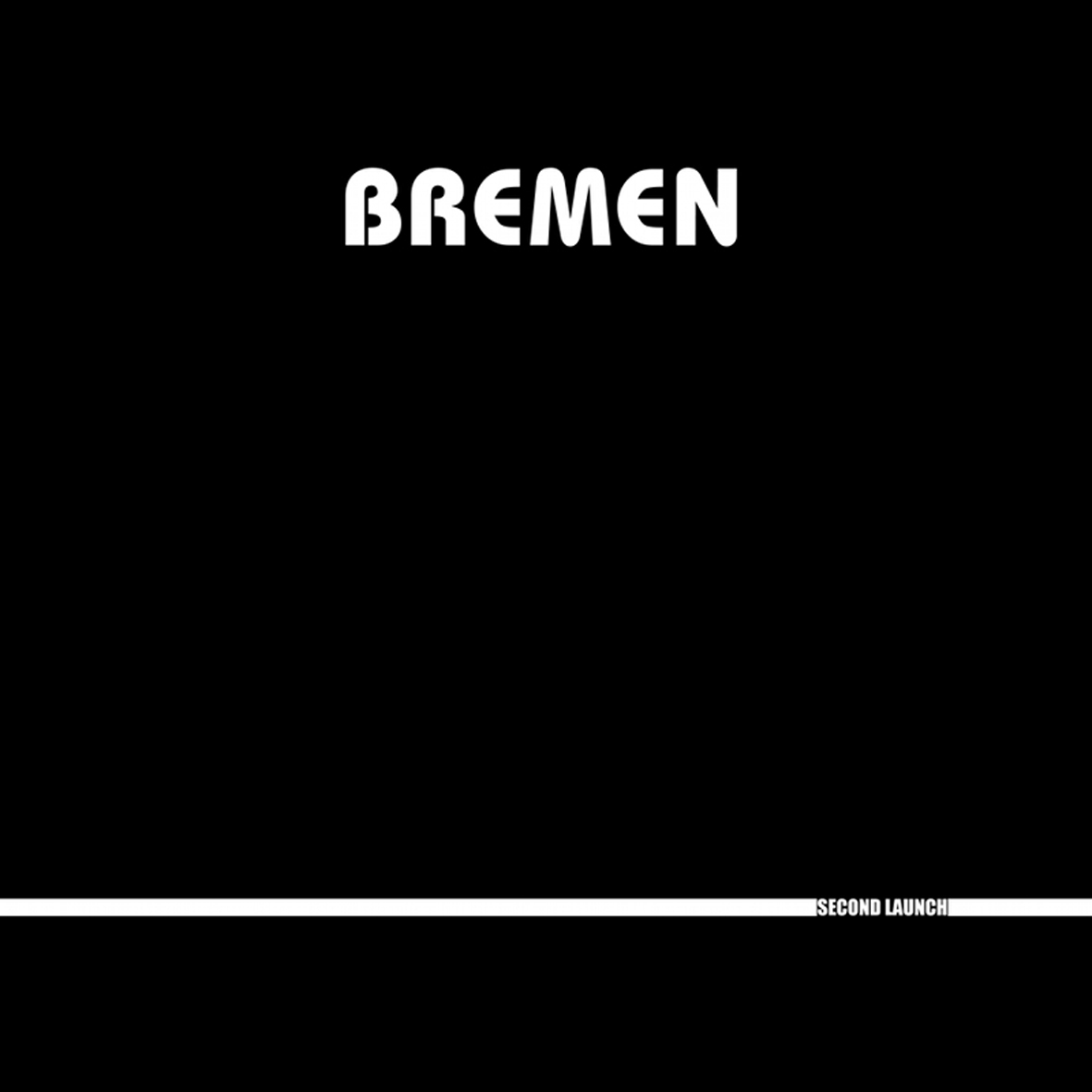 This sprawling double-album is the second release from this Swedish guitar/organ space-rock duo and it absolutely floored me. Built primarily from improvisations, Bremen largely avoids most of the jamminess, heavy-handedness, and self-indulgence that normally make me want to avoid the genre.  At their worst, they offer up a pleasantly languorous and simmering strain of post-rock, but the handful of highlights on Second Launch are nuanced, haunting, slow-burning perfection. The best moments are easily some of the finest music that I have heard this year even though the complete album perhaps errs a bit on the sleepy and too-long side.
This sprawling double-album is the second release from this Swedish guitar/organ space-rock duo and it absolutely floored me. Built primarily from improvisations, Bremen largely avoids most of the jamminess, heavy-handedness, and self-indulgence that normally make me want to avoid the genre.  At their worst, they offer up a pleasantly languorous and simmering strain of post-rock, but the handful of highlights on Second Launch are nuanced, haunting, slow-burning perfection. The best moments are easily some of the finest music that I have heard this year even though the complete album perhaps errs a bit on the sleepy and too-long side. I am fairly certain that this triple album is a lock for the most aptly named release of the year, as it is both unrelentingly melancholy and seemingly infinite (it clocks in at over two hours).  It is also excellent, as Dunn is one of the most reliably great ambient/minimalist drone artists.  While there is admittedly a somewhat exasperating interchangeability to these 19 songs, the sameness and epic length of The Infinite Sadness mostly work in Dunn's favor, as being sucked into an endless, dreamy loop can be quite a pleasant and mesmerizing experience in its own right.
I am fairly certain that this triple album is a lock for the most aptly named release of the year, as it is both unrelentingly melancholy and seemingly infinite (it clocks in at over two hours).  It is also excellent, as Dunn is one of the most reliably great ambient/minimalist drone artists.  While there is admittedly a somewhat exasperating interchangeability to these 19 songs, the sameness and epic length of The Infinite Sadness mostly work in Dunn's favor, as being sucked into an endless, dreamy loop can be quite a pleasant and mesmerizing experience in its own right.
